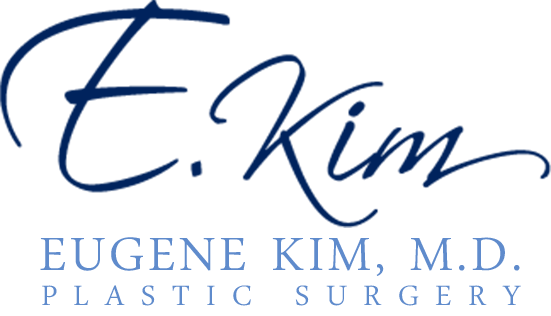 Alar adjustment is a surgical procedure that reduces wide or flared nostrils. The nostrils’ outer edges are known as the ala.
Alar adjustment is a surgical procedure that reduces wide or flared nostrils. The nostrils’ outer edges are known as the ala.
Alar adjustment is typically undertaken with nasal width reduction. In this procedure, the surgeon will excise a portion of tissue to change the level of tension in order to address the excessive width in the nostrils.
A specialized alar adjustment technique involving a particular type of incision is known as the Weir technique. In this procedure, the surgeon removes tissues to create a wedge-shaped cavity. They will then suture it to develop optimal contours.
Quality of Life Affected
Some ethnic patients are more likely to have wide nostrils along with a nasal flare. This nose structure is commonly seen in African American candidates. Certain patients believe that wide and/or flared nostrils can take attention away from other characteristics of the face. This can adversely impact the confidence and self-image of the patient.
Board certified plastic surgeon Dr. Eugene Kim provides rhinoplasty to patients in Beverly Hills, Los Angeles, Santa Monica, West Hollywood, CA, and surrounding locations.
Procedure
The surgeon will perform a procedure known as alarplasty to remove a wedge of tissue from the sides of the nostrils near the junction with the cheek. The wedge base will be at the same level as the alar rims while the pointed apex will be near the sides where the nose attaches to the cheek groove.
The width of the nostrils will determine the amount of tissue excision. Many patients and plastic surgeons measure the change in mm narrowing on the frontal view. But this can be difficult as the wedge size that has been excised does not correctly reflect the frontal narrowing distance.
The surgeon will ask the patient to specify whether they want a minor, medium, or significant change. A majority of patients require a medium change. While it is easy to remove more tissue if the patient feels that the nostrils are still too wide after the procedure, the removal of an excessive amount of tissue is challenging to reverse.
Some rhinoplasty surgeons use a suturing technique to draw the walls in medially. This approach may lead to tissue bunching. Other surgeons create incisions only inside the nostrils fearing scar development from placing the incisions on the outside.
However, this approach does not offer the patient dramatic results. In the hands of an experienced surgeon, incisions on the outside of the nose heal well and remain hidden adjacent to the alar groove. The surgeon will place this incision in the area where the nostrils link to the cheeks. This helps the scar remain inconspicuous in the natural creases between these areas.
Alarplasty (nostril narrowing) can be effectively undertaken by itself without the need to perform a full rhinoplasty, and this procedure offers dramatic changes.
After the Surgery
During the initial few days after the surgery, the patient will experience some swelling and puffiness as well as pain and discomfort in the nose area. The pain will resolve in two to three days, but the swelling will take a longer time to subside.
Minor bleeding in the incision sites is normal during the early recovery phase. The bleeding usually resolves in two days. The inflammation in the face will begin to subside in around a week after the procedure and should be fully resolved in two weeks.
Around the third day of the recovery period, the patient will return to the office to have their bandages taken out. The sutures will be removed at the end of the first week.
Cosmetic surgeon Dr. Eugene Kim receives patients from Beverly Hills, Los Angeles, Santa Monica, West Hollywood, CA, and nearby areas for rhinoplasty.
Click here see more plastic surgery procedures and treatments performed by Board Certified Plastic Surgeon, Dr. Eugene Kim on patients in Beverly Hills, Los Angeles, West Hollywood, Santa Monica and surrounding areas or call 310-271-6996 to schedule a consultation.
